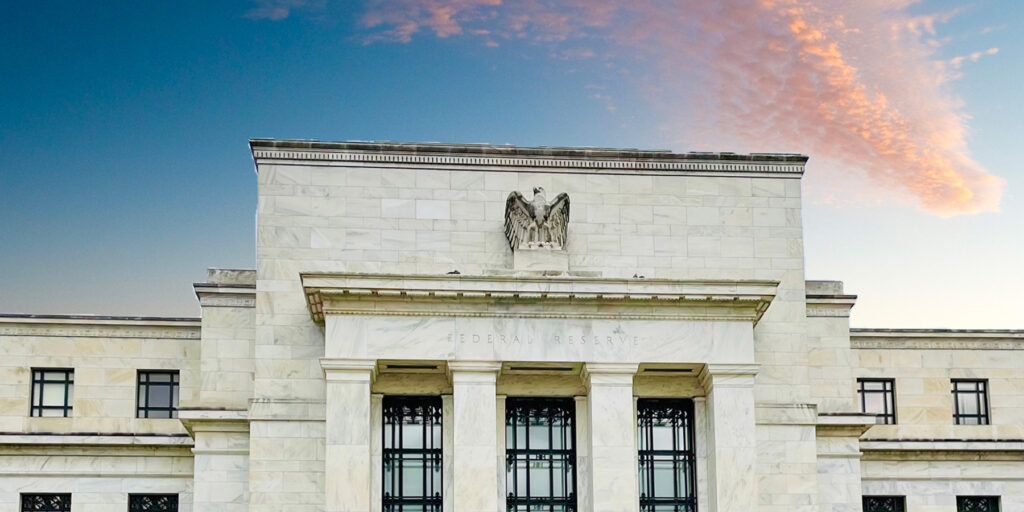When the economy is running on all cylinders, everybody is happy. Wages may be growing, inflation is in check, prices are stable and unemployment is low. People are working and most are able to make their paychecks stretch throughout the week.
Then the “R” word is introduced into the nightly newscast or in articles in financial publications or in conversation at the water cooler. The specter of recession is unsettling for many as it should be.
The U.S. has had 12 recessions since World War II.
The recent negative gross domestic product number (GDP) showed a contraction in the economy.
If the country has two or more quarters of declining GDP, then this can indicate a recession in the business cycle. To reinforce this conclusion, an increase in unemployment, decreasing home sales and a decrease in production are all additional indicators.
Carvana and Netflix have both announced layoffs recently. When Carvana laid off 12 percent of its workforce, the CEO blamed the layoffs on “all-time high car prices slowing sales to recession levels.”
Some recessions are short-lived, such as the recession in 2020, which officially only lasted two months; from February through April. Others, like the recession that started in 1991 or the recession that started in 2009, can last for years.
Indicators that Recession May be Ahead
Signs of an emerging recession, and that the economy is turning south, often include businesses closing, production may slow, or showing negative growth, and banks may even close.
Some of the leading indicators that predict an impending recession include the Conference Board Leading Economic Index, the Treasury yield curve, the OECD Composite Leading Indicator, and the ISM Purchasing Managers Index.
The Purchasing Managers’ Index summarizes market conditions as viewed by purchasing managers and whether they see static conditions, expansion, or contraction. In an inverted yield curve, the 2-year and 10-year Treasury yields invert. This began occurring at the end of March and wasn’t consistent, so the indication would be that the recession could still be months out.
Data published by the government can also provide insights into the health of the economy and show signs that point toward recession.
A poll of small business owners by CNBC found that 81 percent of small business owners believe there will be a recession during 2022. Small business owners are not alone. More than half of investment and economic professionals, surveyed by CNBC, believe that the Federal Reserves’ attempt to soften the landing of the economy will not be successful.
The owners are concerned about continuing inflation and their business outlook is pessimistic.
While the business owners have firsthand experience with the producer price index, the Wall Street professionals are looking at a spectrum of indicators. In the survey, small business owners listed inflation as their major concern, far ahead of supply chain disruptions.
Another poll, this one of economists by Bloomberg, found that they peg the probability of recession over the next 12 months at 30 percent. That may not seem like a high percentage, but the consensus has been moving the number up in recent months.
If inflation proves to be intractable, the “R-word” might be a part of everyone’s conversations. However, regardless of what happens, we strongly believe that having a financial plan that assists you in staying the course. If you have questions on how to begin creating a plan, start with a 15-minute Chat with a financial advisor today.


